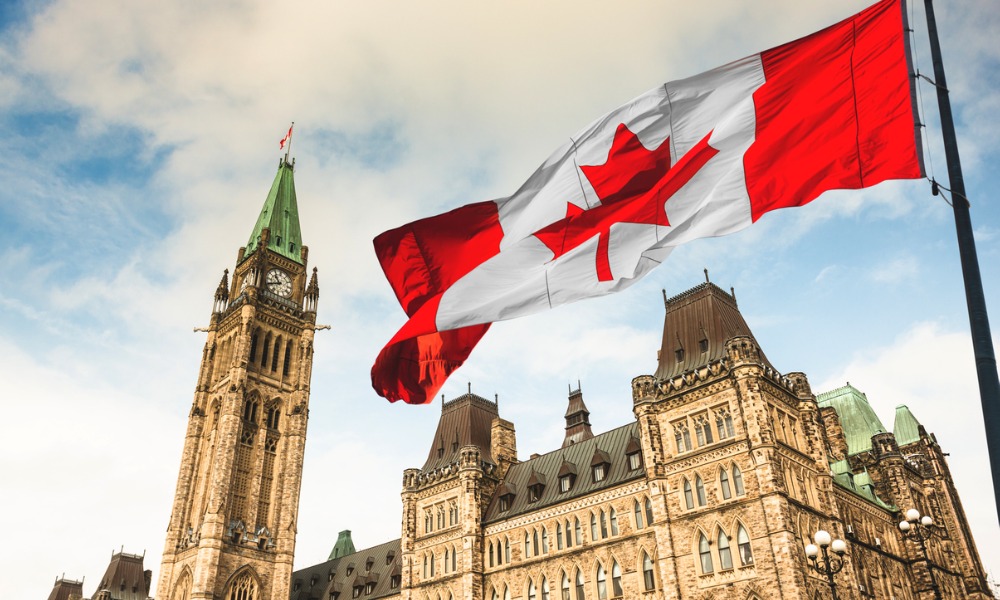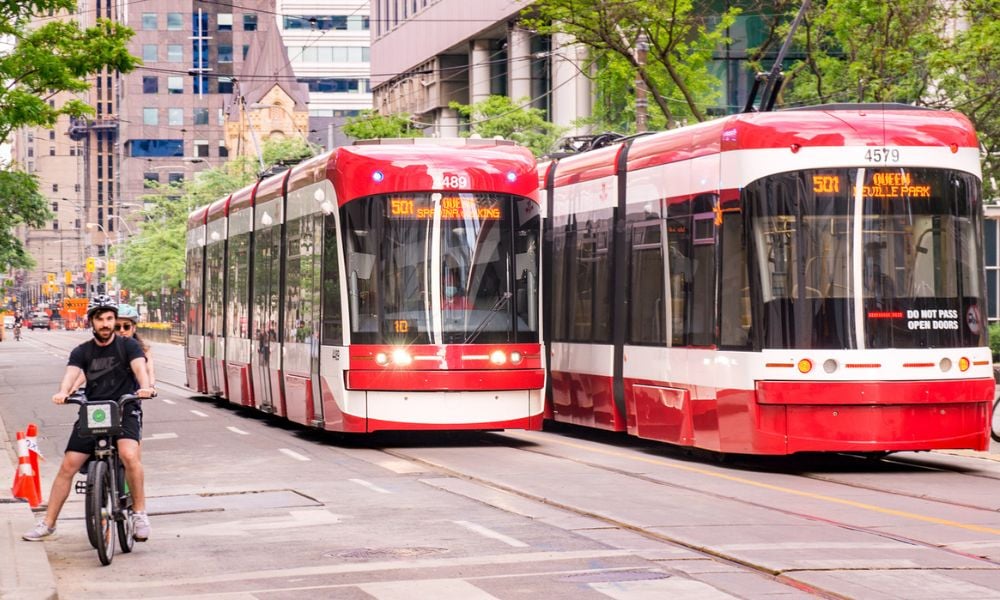'This is an extraordinary milestone for family and rural generalist medicine'

Alberta has introduced a new compensation model for doctors in the province.
The new, modernized model will provide alternative compensation for family physicians and rural generalists who are currently remunerated through fee-for-service or alternative models.
The new model includes a “recognition of their unique work,” said the provincial government.
It will include:
- signing an agreement to provide comprehensive care
- providing a certain number of hours of service
- providing most services in-person rather than virtually
- committing to join the Central Patient Attachment Registry, a provincial system that captures the confirmed relationship of a primary care provider and their paneled patients
“We’ve been working closely with our partners at the Alberta Medical Association (AMA) for the last six months on a range of initiatives to strengthen primary health care, including the development of a new compensation model for family physicians that encourages comprehensive care, said Adriana LaGrange, minister of health.
“This will help improve patient access to primary care and help more Albertans access the care they need, where and when they need it.”
Who’s eligible for Alberta’s new compensation model for doctors?
The new compensation model will be available to family physicians and rural generalists. Their eligibility will depend on the number of patients they have.
“Alberta’s government has heard that doctors with small panel sizes work in a variety of different settings, and as part of the ongoing discussions about a future funding model, Alberta’s government will work closely with the AMA on how to incentivize these doctors to join the new model. Discussions are ongoing to determine the minimum panel size,” said the provincial government.
There are about 700 Alberta family physicians who have between 250 and 499 patients, 1,180 who have panel sizes of 500-999, and 880 who have somewhere between.
While there are a number of alternative compensation models available to family physicians in Alberta that pay them for the time spent with patients, or the type and number of patients who receive primary care services, the majority of family physicians choose to be paid through fee for service, noted the provincial government.
In November, Alberta announced it is investing $2 million over the next three years through the Nurse Practitioner Association of Alberta, which will help to implement a new compensation model for nurses.
New model will support ‘sustainable family and rural practices’
The AMA welcomed the new compensation model for doctors in Alberta. Paul Parks, president, said it will be beneficial to the province’s healthcare system.
“This is an extraordinary milestone for family and rural generalist medicine. The model will support sustainable family and rural practices so that the physicians who work in them can deliver the comprehensive care that they are uniquely trained and so proud to provide,” he said.
“I want to thank the AMA Strike Team committee that has laboured with the minister’s team to get us here. I look forward to the next few months, focusing on getting the details right, but the heavy lifting has been done.”
The government is now waiting for the management committee to recommend rates that family physicians and rural generalists will be paid under the new model. The committee is the top governance body under the physician agreement between Alberta’s government and the AMA.
The management committee will then forward the rates to the rates committee, which has 30 days to come to an agreement on rate recommendations once the management committee’s proposal has been received.
Final recommendations are expected to go to the minister of health by the fall.








